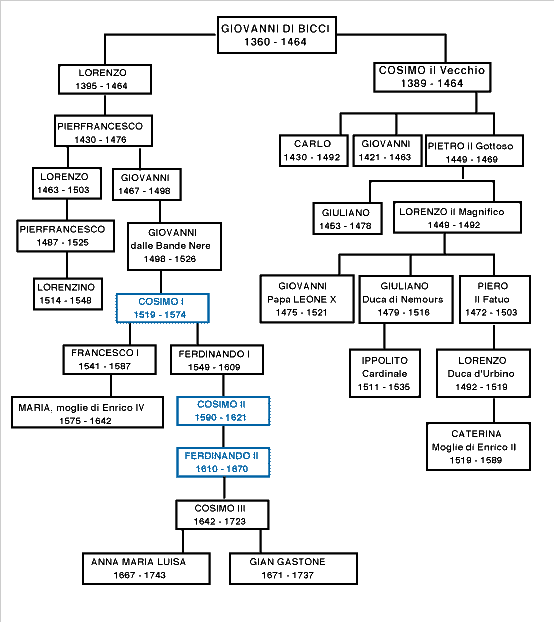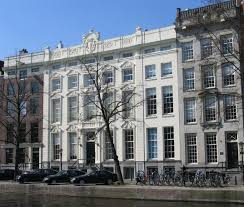
#EFFITYLER
Greek Orthodox Patriarch of Jerusalem
First holderJames the Just
Established33 AD[1]
CathedralChurch of the Holy Sepulchre
Organizational statusActive
Year consecrated13 September 335
en.wikipedia.org/wiki/Church_of…
Patriarch Theophilos III
en.wikipedia.org/wiki/Greek_Ort…
Greek Orthodox Patriarch of Jerusalem
First holderJames the Just
Established33 AD[1]
CathedralChurch of the Holy Sepulchre
Organizational statusActive
Year consecrated13 September 335
en.wikipedia.org/wiki/Church_of…
Patriarch Theophilos III
en.wikipedia.org/wiki/Greek_Ort…

en.jerusalem-patriarchate.info/the-holy-sepul…
en.wikipedia.org/wiki/Itinerari…
"Pilgrim of Bordeaux", an anonymous pilgrim from Burdigala (present-day Bordeaux, France) - Bourbon/Borbon
en.wikipedia.org/wiki/Itinerari…
"Pilgrim of Bordeaux", an anonymous pilgrim from Burdigala (present-day Bordeaux, France) - Bourbon/Borbon

Roman persecutions following the Jewish revolts against Rome in the later 1st and 2nd centuries also affected the city's Christian community led to Jerusalem gradually being eclipsed in prominence by other sees, particularly those of Constantinople, Antioch, Alexandria, and Rome 

Increased pilgrimage during and after the reign of Constantine the Great increased the fortunes of the see of Jerusalem, and in 325 the First Council of Nicaea attributed special honor, but not metropolitan status (then the highest rank in the Church), to the bishop of Jerusalem. 

The most important of these names was the nomen gentilicium, or simply nomen, a hereditary surname that identified a person as a member of a distinct gens.
en.m.wikipedia.org/wiki/Roman_nam…
en.m.wikipedia.org/wiki/Cognomen
Latin plural cognomina; from con- "together with" and (g)nomen "name"
en.m.wikipedia.org/wiki/Roman_nam…
en.m.wikipedia.org/wiki/Cognomen
Latin plural cognomina; from con- "together with" and (g)nomen "name"
Hereditary cognomina were used to augment the second name, the gens (the family name, or clan name)
In the later empire, members of the Roman aristocracy used several different schemes of assuming and inheriting nomina and cognomina, both to signify their rank, and to indicate their family and social connections.
Aelia came from Hadrian's nomen gentile, Aelius, while Capitolina meant that the new city was dedicated to Jupiter Capitolinus, to whom a temple was built on the Temple Mount. en.m.wikipedia.org/wiki/Aelia_Cap…
Aelia Capitolina (Jerusalem)
AD 130 – AD 324-325
Aelia Capitolina (Jerusalem)
AD 130 – AD 324-325

en.wikipedia.org/wiki/Brotherho…
Headed by the Greek Orthodox Patriarch of Jerusalem, the brotherhood also administers the Greek Orthodox Church of Jerusalem, such as metropolitans, archbishops, bishops, archimandrites, hieromonks, hierodeacons, and monks.
Headed by the Greek Orthodox Patriarch of Jerusalem, the brotherhood also administers the Greek Orthodox Church of Jerusalem, such as metropolitans, archbishops, bishops, archimandrites, hieromonks, hierodeacons, and monks.

The Brotherhood of the Holy Sepulchre, or the Holy Community of the All-Holy Sepulchre, is an Eastern Orthodox monastic fraternity guarding the Church of the Holy Sepulchre and other Christian holy places in the Holy Land, founded in its present form during the British Mandate in 

Palestine (1920-1948).
Flag of the Patriarchate with the letters "ΤΦ" (Tau + Phi) representing the words "phylakes taphou" ('Protectors of the Tomb')en.wikipedia.org/wiki/Brotherho… 

en.wikipedia.org/wiki/Pharisees
The Pharisees were a social movement and school of thought in the Levant during the time of 2nd Temple Judaism. After the destruction of the 2nd Temple in 70 CE, Pharisaic beliefs became foundational liturgical and ritualistic basis for Rabbinic Judaism
The Pharisees were a social movement and school of thought in the Levant during the time of 2nd Temple Judaism. After the destruction of the 2nd Temple in 70 CE, Pharisaic beliefs became foundational liturgical and ritualistic basis for Rabbinic Judaism
en.wikipedia.org/wiki/Sadducees
The Sadducees (/ˈsædjəˌsiːz/; Hebrew: צְדוּקִים Ṣĕdûqîm) were a sect or group of Jews who were active in Judea during the Second Temple period, starting from the second century BCE through the destruction of the Temple in 70 CE.
The Sadducees (/ˈsædjəˌsiːz/; Hebrew: צְדוּקִים Ṣĕdûqîm) were a sect or group of Jews who were active in Judea during the Second Temple period, starting from the second century BCE through the destruction of the Temple in 70 CE.
Josephus associates the sect with the upper social and economic echelon of Judean society As a whole they fulfilled various political social, and religious roles, including maintaining the Temple in Jerusalem
en.wikipedia.org/wiki/Kanai_(Ju… - Zealots
Kanaim in the 20th century
The Anti-Zionist Neturei karta are called kanaim. Its leader was the Jerusalem born Rabbi Amram Blau. en.wikipedia.org/wiki/Neturei_K…
Kanaim in the 20th century
The Anti-Zionist Neturei karta are called kanaim. Its leader was the Jerusalem born Rabbi Amram Blau. en.wikipedia.org/wiki/Neturei_K…

en.wikipedia.org/wiki/Mandatory…
The British achieved legitimacy for their continued control by obtaining a mandate from the League of Nations in June 1922.


The British achieved legitimacy for their continued control by obtaining a mandate from the League of Nations in June 1922.



en.wikipedia.org/wiki/Mandate_f…
League of Nations – Mandate for Palestine and Transjordan Memorandum
League of Nations – Mandate for Palestine and Transjordan Memorandum

The mandate document was based on Article 22 of the Luciferian Covenant of the League of Nations of 28 June 1919 and the Supreme Council of the Principal Allied Powers' San Remo Resolution of 25 April 1920
en.wikipedia.org/wiki/Mandate_f…
en.wikipedia.org/wiki/Covenant_…
en.wikipedia.org/wiki/Mandate_f…
en.wikipedia.org/wiki/Covenant_…

Nations meaning Goyim en.wikipedia.org/wiki/Goy#:~:te…. In Biblical Hebrew goy is the standard term for a nation. 

@threadreaderapp please unroll
• • •
Missing some Tweet in this thread? You can try to
force a refresh





































